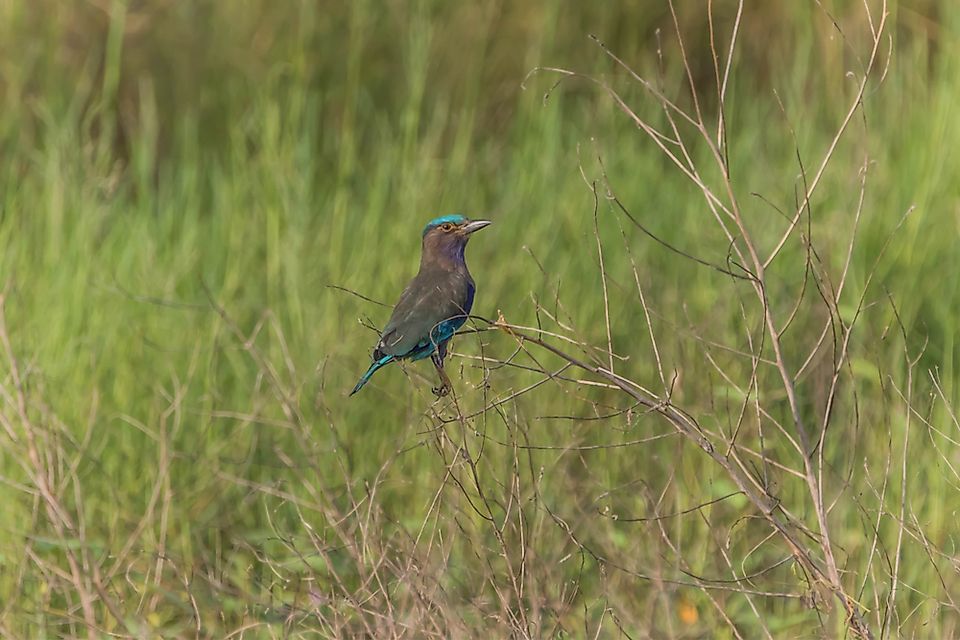What Is an Endemic Bird Area?

The term Endemic Bird Area (EBA) was created in the 1980s by BirdLife International, a nongovernmental organization dedicated to the conservation of birds and their ecosystems, to refer to a particular area that is important for the conservation of at least two bird species that have restricted ranges. According to the organization, 2,500 bird species survive and breed in habitats of approximately 19,305 square miles. This measurement is considered a restricted range and the birds living is these areas are considered endemic species. If only one endemic species lives in a similarly sized habitat, the area is considered a Secondary Endemic Bird Area. Estimates suggest that roughly 50% of all endemic bird species are classified as endangered or nearly endangered, which makes identifying these areas important for conservation efforts.
Facts About Endemic Bird Areas
Since 1987, BirdLife International has identified 218 Endemic Bird Areas around the world. These conservation areas provide habitats for approximately 93% of all endemic bird species. Additionally, researchers have found that these areas have a high number of other endemic species as well. In fact, nearly three-quarters of Endemic Bird Areas are also home to a wide variety of endemic plant species. The number of endemic bird species within these regions may be as low as only 2 (the minimum required for the designation) or as high as 80.
BirdLife International estimates that Endemic Bird Areas cover about 4.5% of all land area on Earth, with some of these conservation spots as small as 1 square mile in area or as large as 38,610 square miles. Slightly more than 75% of these conservation areas are located in tropical and subtropical regions of the world and are primarily concentrated in geographic areas like mountains and islands. The most common ecosystem within an Endemic Bird Area is forestland, specifically low-lying rainforests and higher montane forests.
Endemic Bird Areas Around the World
Endemic Bird Areas around the world are grouped into 6 geographic regions. These regions and the number of identified Endemic Bird Areas in each region are as follows: Pacific Islands (30); Australia, New Guinea, and Southeast Asian Islands (38); Continental Asia (26); Europe, the Middle East, and Africa (44); North and Central America (30); and South America (46).
Fiji, which consists of over 300 islands, is an Endemic Bird Area in the Pacific Islands regions. Of the 150 bird species living in this area, 28 are considered endemic.
The island of Tasmania is an Endemic Bird Area in the Australia, New Guinea, and Southeast Asian Islands region. The island, which is located just south of Australia, is home to 12 endemic bird species.
Sri Lanka is an Endemic Bird Area in the Continental Asia region. Additionally, it is one of the 25 global biodiversity hotspots. The island nation is home to 26 confirmed endemic bird species.
Cape Verde, an island nation located off the west coast of Africa, is an Endemic Bird Areas in the Africa, Middle East, and Europe region. It is home to 4 endemic bird species.
Baja California is an Endemic Bird Area in the North and Central America region. The region, which covers an area of 27,590 square miles, is home to 6 endemic bird species.
Finally, the Galapagos Islands are an Endemic Bird Area in the South America regions. The islands, which are located off the coast of Ecuador, are home to 24 endemic bird species.











